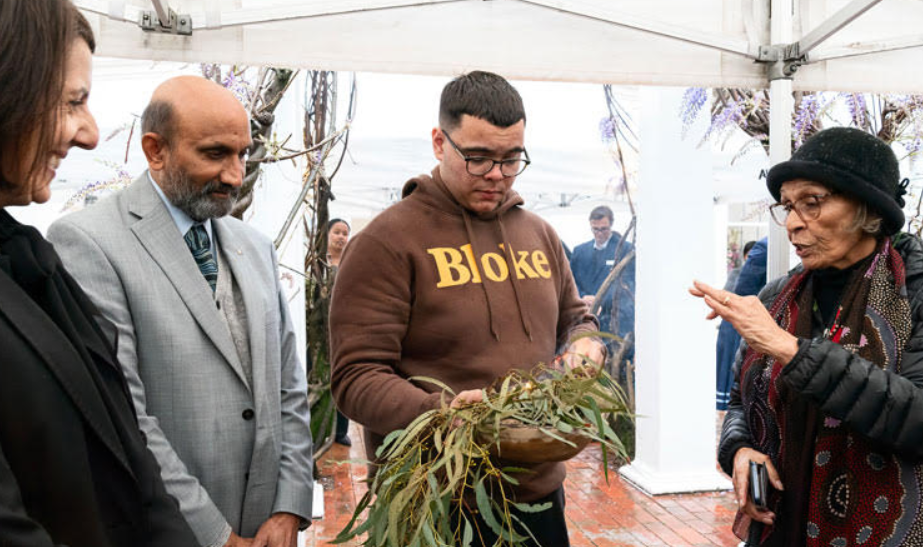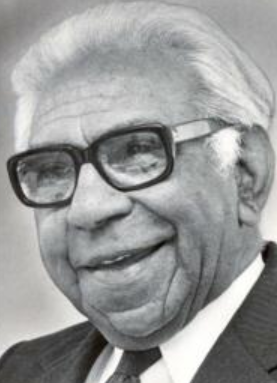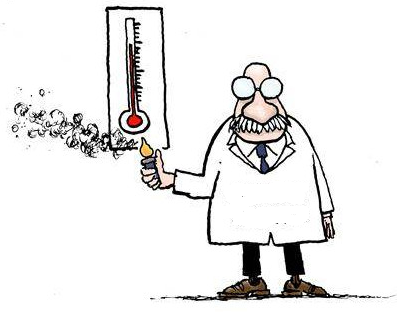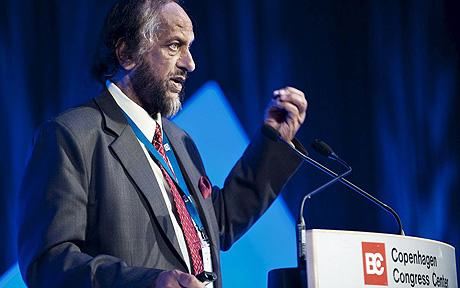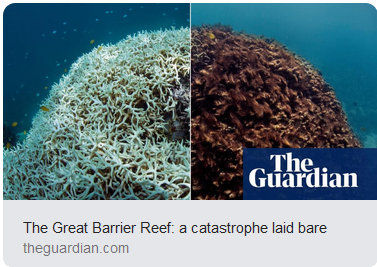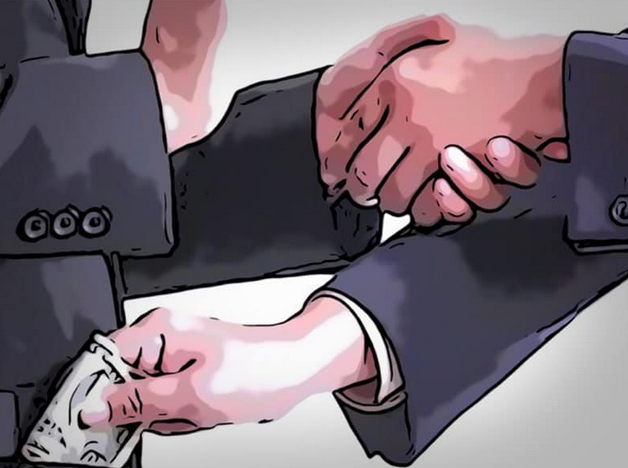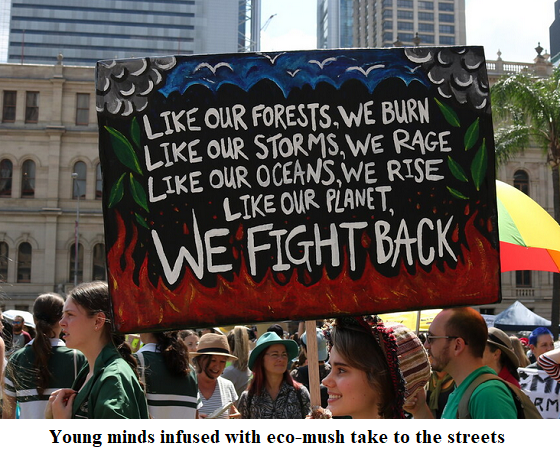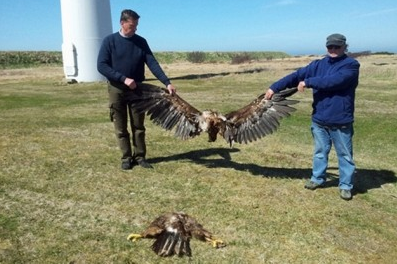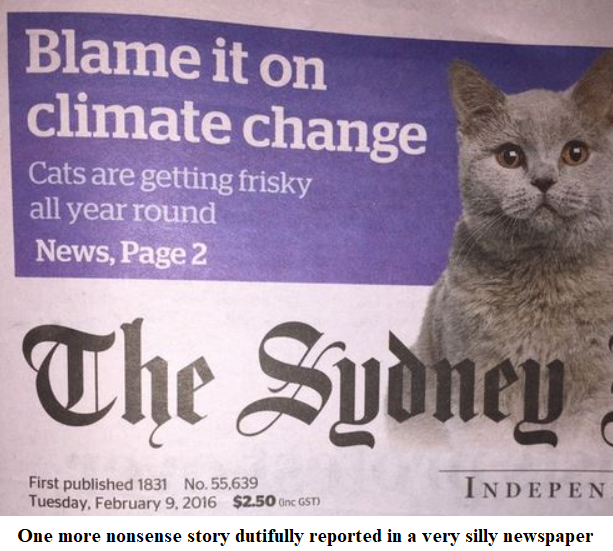
Trigger warning: if your household companions include a cat, dog, canary, goldfish or turtle, this article is not a safe space. I’m writing about Harvard’s distinguished agnatologist Professor Naomi Oreskes (above) and her 2014 warning that global warming would kill your pets in 2023. The warning is in her acclaimed but glum book The Collapse of Western Civilization: A View from the Future. Given margins of error in climate science, the pet die-off might be this year instead. Oreskes wrote,
The loss of pet cats and dogs garnered particular attention among wealthy Westerners , but what was anomalous in 2023 soon became the new normal . … A shadow of ignorance and denial had fallen over people who considered themselves children of the Enlightenment (p9).
Smarter climate alarmists don’t make short-term predictions. They choose a date like 2050 for when the oceans will boil. They’ll be senile or dead by then and can’t be humiliated if the oceans stay chilly.
Top environmentalist Paul Ehrlich forecast in 1971that by 2000 the UK “will be simply a small group of impoverished islands, inhabited by some 70 million hungry people … If I were a gambler, I would take even money that England will not exist in the year 2000.”[1] His 1968 book, Population Bomb, predicted starvation would shrink the US population to 23 million by 1999. Strangely, Oreskes in her book hails Ehrlich as a vindicated futurist. (p3-4 and 56).
The only good news from Naomi is that the IPCC becomes [more] discredited and is disbanded. She replaces it with such alphabet soups as the UNCCEP’s ICCEP which launches IAICEP, which she says is pronounced “ay-yi-yi-sep” (p27).The mission of ay-yi-yi-sep is to sprinkle enough fairy dust aka sulphates in the air to make an anti-sun umbrella and save the planet by 2079.
In September 2014 she was interviewed on the ABC’s Science Show by Dr (honoris causa) Robyn Williams, a Fellow of the Australian Academy of Science, about the pet-deaths. One reader, she explained,
…started crying when the pets die, so I didn’t mean to upset people too much … I was just trying to come up with something that I thought people wouldn’t forget about, and I thought, ‘Well, Americans spend billions of dollars every year taking care of their pets’, and I thought if people’s dogs started dying, maybe then they would sit up and take notice.
Interviewer Dr Williams[2] was delighted with Oreskes’ pet-panic strategy. He chimed in,
Yes, not only because it’s an animal but it’s local. You see, one criticism of the scientists is they’re always talking about global things…And so if you are looking at your village, your animals, your fields, your park, your kids, and the scientists are talking about a small world that you know, then it makes a greater impact, doesn’t it.
Oreskes: Well, exactly. It was about bringing it literally home, literally into your home, your family, your pet, the dog or cat that you love who is your faithful and trusted companion.
As I type this, I look down fondly at Natasha, our doomed spaniel, although she is neither faithful nor trustworthy.
Oreskes began her Science Show appearance by reading from her book in sepulchrul tones:
Then, in the northern hemisphere summer of 2041, unprecedented heatwaves scorched the planet [and] led to widespread outbreaks of typhus, cholera, dengue fever, yellow fever, and viral and retroviral agents never seen before.
Naomi’s actually playing down her future horrors, she omits to tell him about the arrival of the Black Death:
Dislocation contributed to the Second Black Death, as a new strain of the bacterium Yersinia pestis emerged in Europe and spread to Asia and North America. In the Middle Ages, the Black Death killed as much as half the population of some parts of Europe; this second Black Death had similar effects. (p30).
Australians will wonder: does Medicare charge extra premiums to cover bubonic plague?
Williams, instead of asking Oreskes what she’s smoking, merely observed that all of the above is “fairly shocking”. He further wondered why it is only Western civilization that collapses, leaving the Chinese in charge. One reason, says Oreskes, is that Chinese civilisation is more durable, and two, that authoritarian regimes are better able to deal with hypothesised climate apocalypses.
Looking back from the future, Oreskes viewed China in the early 2000s as a beacon of carbon enlightenment. China, she said,
…took steps to control its population and convert its economy to non – carbon – based energy sources. These efforts were little noticed and less emulated in the West, in part because Westerners viewed Chinese population control efforts as immoral, and in part because the country’s exceptionally fast economic expansion led to a dramatic increase in greenhouse gas emissions, masking the impact of renewable energy. By 2050 , this impact became clear as China’s emissions began to fall rapidly. Had other nations followed China’s lead, the [grim future] history recounted here might have been very different. (p6).[3]
Another interviewer — a friendly one, actually — played the devil’s advocate:
Interviewer: Just how much do you hate the American way of life? What gives you the intellectual chutzpah to make these kinds of projections?
Oreskes: Our story is a call to protect the American way of life before it’s too late.
I identify with Oreskes, who grew up in New York, because as a lass she was a geologist working on Western Mining Corp’s Olympic project in central Australia. I phoned WMC’s retired boss Hugh Morgan but he couldn’t give me any piquant anecdotes about young Naomi.
Her sojourn Down Under must have been unhappy because she’s forecast that the climate emergency will kill off every Australian man woman and child (all 26 million of us). “The human populations of Australia and Africa, of course, were wiped out.” (p33). As a resident of Australia’s pagan state of Victoria, I don’t believe in the afterlife, although I am bringing a change of underwear. (Witticism courtesy Woody Allen).
Oreskes dropped geology to co-write that Merchants of Doubt book, painting “climate deniers” as the evil twins of those denying that smoking causes cancer. The book in 2021 was set to music by composer Yvette Jackson, who sees climate doubt as having the
… low, somber insistence of the bass clarinet, skittering flute that cranks up anxiety, sonorous cello to hold things together, and the deep, doubting rumble of double bass.
Listen to that anxious, sonorous cello and more here (fourth video down).
At 65, Naomi’s job title is Harvard Professor of the History of Science — but don’t call, she’s on leave. She co-wrote her civilisational-collapse book with fellow alarmist Erik Conway. Her other collaborators include Pope Francis: she did the intro for his Laudato si’ encyclical in 2015.
Wikipedia lists only 30 of her honours, including the Stephen H. Schneider Award in 2016 for communicating “extraordinary scientific contributions” to a broad public in a clear and compelling fashion. Schneider (1945-2010) was a top IPCC climate scientist. He urged colleagues there to strike a balance between scaring the pants off the public and being honest about how weak the CO2 evidence really is. Oreskes also scored the 2019 Mary Rabbit Award from the US Geological Society. Her lifetime of bashing denialists is surely worth a million-dollar Nobel.
The Collapse book is about Western civilisation’s ruin while China saves the planet with its enlightened anti-CO2 measures. She is writing from the future in 2393 when she will be aged 435. Oreskes (as at 2393) is cross because we have refused to build enough windmills to stop at 11degC warming (p32) and eight-metre sea rises (p30). We should not have eaten so many fillet steaks[4] and, personally, I should not have tooled around in my reasonably priced, petrol-powered Hyundai i30 when Teslas were available at $80,000.
Oreskes was talking about Collapse at a Sydney Writers’ Festival when someone in the audience piped up, “Will you write fiction next?” She doesn’t of course view Collapse as fiction: “Speculative? Of course, but the book is extremely fact-based” (p79). And she elaborated to the ABC’s Dr Williams,“Well, it’s all based on solid science. Everything in this book is based on the scientific projections from the Intergovernmental Panel on Climate Change. All we did was to add to the social and human aspects to it and to ask the question; what does this really mean in terms of what its potential impacts would be on people and its potential impacts on our institutions of governance?”
Her “science based” technical projection involved an angry summer in 2023 continuing year-round, “taking 500,000 lives worldwide and costing nearly $ 500 billion in losses due to fires , crop failure , and the deaths of livestock and companion animals” (p8) In 2014, how was Naomi (no-one’s perfect) to know that current agricultural output and yields continue smashing records?
The book’s “fact-based” projections have drought and desert ravaging the US in the 2050s:
The US government declared martial law to prevent food riots and looting [similar to 2020s’ mostly-peaceful burning and robbing]. A few years later, the United States announced plans with Canada for the two nations to begin negotiations … to develop an orderly plan for resource-sharing and northward population relocation (p26).
The talks led to the combined United States of North America. I imagine Texans started adding “eh” to their sentences, as in Why do Canadians say “eh?”? It’s so silly right? Because we want to, eh.
Even at the age of 435 in 2393, Oreskes remains really sore about the Climategate email scandal of 2009 (IPCC climate scientists conspiring to fudge data). She blames Climategate on a “massive campaign” that was “funded primarily by fossil fuel corporations” (p8) — this alleged largesse must have by-passed sceptic bloggers, who still rely on their tip jars. Oreskes remains vigilant to smite deniers:
It will also be crucial not to allow new forms of denial to take hold. We are already seeing examples, such as the false claim that off-shore wind kills whales and that restrictions on gas stoves are the latest excuse by liberals to control our lives and deny our freedom. Scientists will have to work with climate activists to block the spread of such misleading narratives.
She finished her interview with the ABC’s Dr Williams by claiming, improbably, that some readers of Collapse wished her 80-page book to be longer. She explained,
We didn’t want it to be too depressing, we didn’t want to go on and on and on, like 300 pages of misery, that really wouldn’t be any fun. So we are sort of hoping that the book, despite the fact that it’s a depressing topic, it’s actually we think kind of a fun read.
Apart from our dead kittens, that is.
Tony Thomas’s latest book from Connor Court is Anthem of the Unwoke – Yep! The other lot’s gone bonkers. $34.95 from Connor Court here
[1] Speech at British Institute For Biology, September 1971. Link broken.
[2] The ABC Ombudsman told me it’s fine for people with honorary doctorates to be called “Dr” in any context.
“The ABC style guide does not form part of the editorial standards and we consider there is nothing materially inaccurate in referring to Ms O’Donoghue as Dr O’Donoghue.” Email from James, Investigations Officer, ABC Ombudsman’s Office, Feb 14, 2024. (The late Ms Donoghue’s Doctorates are honorary).
[3] On the ABC iview’s posting of the Oreskes/Williams interview, the ABC claimed the planet was warming at the top of the IPCC models’ forecasting. I wrote to my friend Kirsten McLiesh, who runs Audience & Consumer Affairs (i.e. the complaints department) pointing out that actual warming was at the bottom of the IPCC models’ range. In those days (2014) the ABC had some integrity and Kirsten wrote back,
“Having been alerted to your complaint, the program acknowledges that the sentence read on the website as an incontrovertible fact and have undertaken to remove it. An Editor’s Note has been added to the page.”
[4] Oreskes, Twitter May 4, 2023: “I’m often asked “What can I do to stop climate change.” That’s a hard question because so much of the change we need is structural, but this new study proves one thing: EAT LESS BEEF. (And now, drum roll, here come the beef industry trolls.)”

Show your support

- terenc5Brazen liars, both her and Williams.Log in to Reply
- STJOHNOFGRAFTONOnce upon a time this type of pathological doom and gloomer would have had their digs courtesy the governer’s pleasure at Callan Park. Now, said person is integrated into a straight-jacketed society where she is free to inflict us with her madness. Ironically, Callan Park is now a conservation area and has friends not inmates.Log in to Reply
- DaffyFaced with a bill for a pet’s ultrasound of over $1000, I’m all for pet deaths. I was tempted to ask the vet how much to end the gold-digger’s life, but wife was too near.Log in to Reply
- DaffyAnd, on smoking, it seems OK to take it up…as death for almost all looms. In fact, as elderliness tangles itself about my knees, I must check with the Cancer Council. Surely they know the age at which taking up cigar smoking will have no statistical effect on life expectancy.Log in to Reply
- norsaintGood luck to you Daffy if you can afford the occasional lardy-da (apologies to Arfur Daly) these days.
The ludicrous harpy and our former Attorney General, Nicola Roxon, has put that harmless pleasure beyond the means of most, with her outrageous, never-ending duty increases. The last time I checked, a run of the mill cigar cost $80.
The egregious feminists don’t like anything which men might find enjoyable.
It reminds me of the old gag of why woman make love with their eyes closed. (punch line available upon request)Log in to Reply- norsaintThat of course should read why “women” make love with their eyes closed.Log in to Reply
- norsaintGood luck to you Daffy if you can afford the occasional lardy-da (apologies to Arfur Daly) these days.
- DaffyAnd, on smoking, it seems OK to take it up…as death for almost all looms. In fact, as elderliness tangles itself about my knees, I must check with the Cancer Council. Surely they know the age at which taking up cigar smoking will have no statistical effect on life expectancy.Log in to Reply
- Twyford HallHow amazing that questioning anthropogenic global warming has been set to (alleged) music by a composer. I would bet my superannuation that the composer’s remuneration is taxpayer funded.Log in to Reply
- petroalbionSellers of dog meat in Korea were told by the government to give up the trade. They said OK, we will release all 2 million of the dogs we currently own tomorrow. Government lostLog in to Reply
- David IsaacThanks for digging out another failed prediction of climate doom. Paul Ehrlich’s prognosis for Britain may just’ve been delayed by a few decades but on demographic grounds. Given the repression of its native people and the demise of its native population in its largest cities including London and Birmingham it’s arguable whether England has long ceased to exist. Nominally American, Dr Oreske is a New York Jewess, whose father was also an academic, her mother a school teacher and mother of four. The odds of her politics being left radical based on this information alone are very high. Her brother Michael is a disgraced journalist and executive for leftist outfits, NYT, AP and latterly NPR, who was pinged for sexually harassing junior colleagues in 2017. It comes as no surprise that she views ‘science’ as just another vehicle for radical activism rather than as a sacred quest for truth.Log in to Reply
- norsaintAnd another thing. One could hardly say the “”Prof”” is easy on the eye.Log in to Reply

